Belajar Secara Efektif
- ISBN 13 : 9799386217
- ISBN 10 : 9799386217
- Judul : Belajar Secara Efektif
- Pengarang : Drs. Thursan Hakim,
- Penerbit : perpustakaan nasional
- DDC : Mental processes & intelligence
- Klasifikasi : 15.3
- Call Number : 15.3 DRS b
- Bahasa : Indonesia
- Tahun : 2004
- Halaman : 98
-
Ketersediaan :
009606 Tersedia di Library of UI BBC









